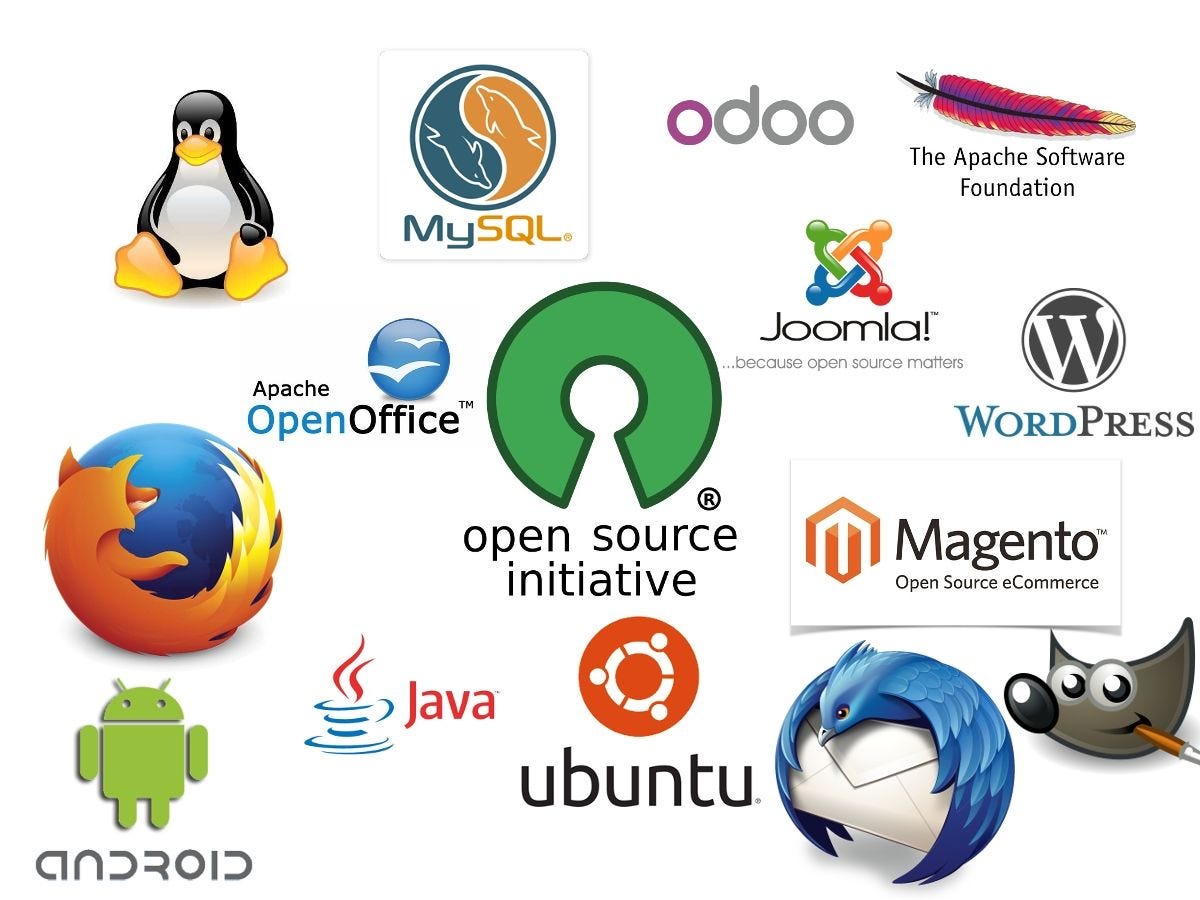The software world used to be a closed garden. Early operating systems were like locked boxes, accessible only through the specific companies that created them. This limited innovation and control for users.
Enter Richard Stallman and the GNU Project in 1983. Their vision? A free, open-source operating system like Unix, but built from scratch with freedom and collaboration at its core.
Here’s where things get interesting: Free software means exactly what it sounds like – no limitations on how you use or distribute it. But Stallman wanted more. He wanted the source code, the inner workings, to be freely available for anyone to see and modify. This transparency is the hallmark of open-source software.
Why Open Source?
Imagine a vast community of programmers scrutinizing every line of code. This is the power of open source. Bugs are identified and fixed faster, and anyone with a good idea can contribute.
The Copyleft Twist
Stallman realized that simply making software open-source wasn’t enough. Someone could take a free program, modify it, and then lock it away with a copyright. To prevent this, he introduced the concept of Copyleft.
Copyleft Explained
Think of Copyleft as a twist on copyright. It allows for free use, modification, and distribution, but with a condition: any modified version must also be open source and shared under the same terms. This ensures that the spirit of freedom and collaboration continues with the software, even as it evolves.
The General Public License (GPL)
The Free Software Foundation (FSF), founded by Stallman, champions free software and promotes the GNU General Public License (GPL). This license agreement enforces the principles of copyleft. It allows users to freely use, change, and share the software, but any modifications must also be shared under the GPL. This ensures the software remains open and accessible.
The Impact of Open Source
Open source software has revolutionized the tech world. From the Linux operating system that powers millions of devices to the web browsers we use daily, open source is everywhere. It fosters innovation, collaboration, and a more democratic approach to software development.
So, the next time you use a free and powerful software program, remember the pioneers like Stallman and the power of open source and copyleft in keeping software free and accessible.
